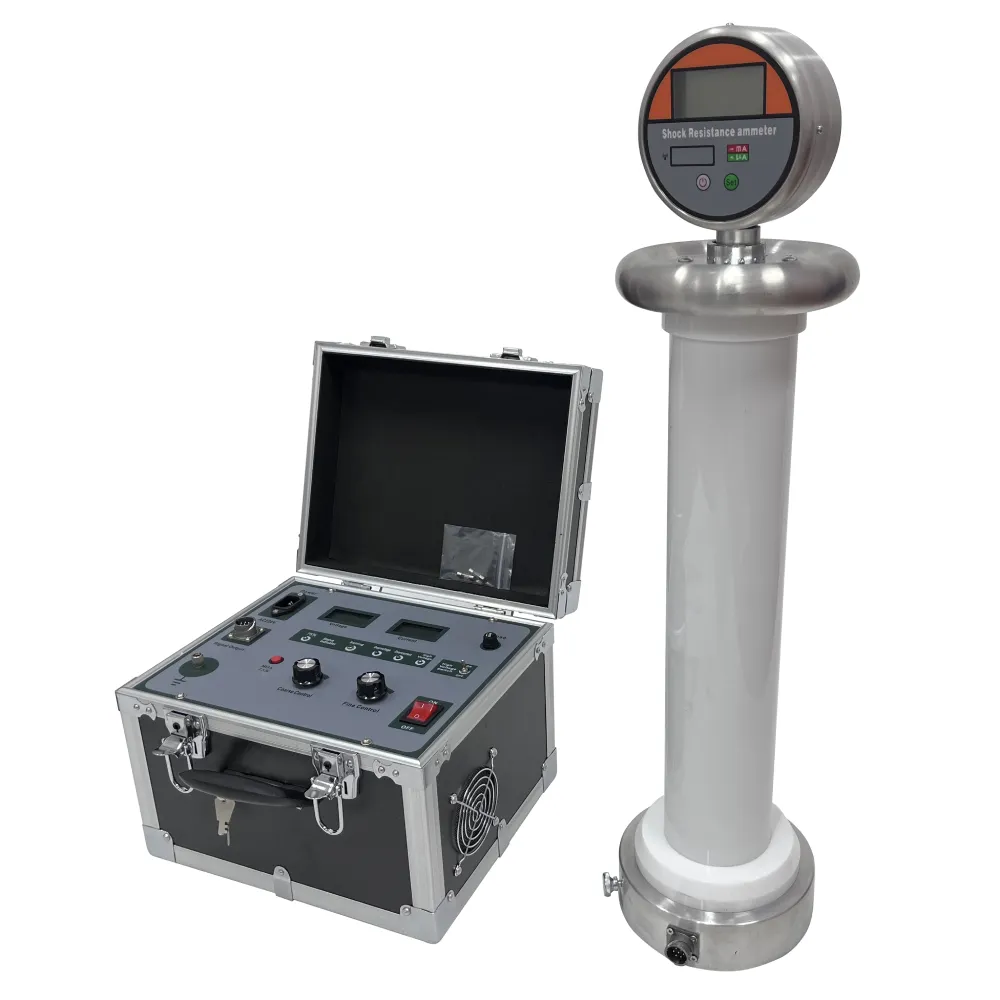 English
English



-
 Afrikaans
Afrikaans -
 Albanian
Albanian -
 Amharic
Amharic -
 Arabic
Arabic -
 Armenian
Armenian -
 Azerbaijani
Azerbaijani -
 Basque
Basque -
 Belarusian
Belarusian -
 Bengali
Bengali -
 Bosnian
Bosnian -
 Bulgarian
Bulgarian -
 Catalan
Catalan -
 Cebuano
Cebuano -
 China
China -
 China (Taiwan)
China (Taiwan) -
 Corsican
Corsican -
 Croatian
Croatian -
 Czech
Czech -
 Danish
Danish -
 Dutch
Dutch -
 English
English -
 Esperanto
Esperanto -
 Estonian
Estonian -
 Finnish
Finnish -
 French
French -
 Frisian
Frisian -
 Galician
Galician -
 Georgian
Georgian -
 German
German -
 Greek
Greek -
 Gujarati
Gujarati -
 Haitian Creole
Haitian Creole -
 hausa
hausa -
 hawaiian
hawaiian -
 Hebrew
Hebrew -
 Hindi
Hindi -
 Miao
Miao -
 Hungarian
Hungarian -
 Icelandic
Icelandic -
 igbo
igbo -
 Indonesian
Indonesian -
 irish
irish -
 Italian
Italian -
 Japanese
Japanese -
 Javanese
Javanese -
 Kannada
Kannada -
 kazakh
kazakh -
 Khmer
Khmer -
 Rwandese
Rwandese -
 Korean
Korean -
 Kurdish
Kurdish -
 Kyrgyz
Kyrgyz -
 Lao
Lao -
 Latin
Latin -
 Latvian
Latvian -
 Lithuanian
Lithuanian -
 Luxembourgish
Luxembourgish -
 Macedonian
Macedonian -
 Malgashi
Malgashi -
 Malay
Malay -
 Malayalam
Malayalam -
 Maltese
Maltese -
 Maori
Maori -
 Marathi
Marathi -
 Mongolian
Mongolian -
 Myanmar
Myanmar -
 Nepali
Nepali -
 Norwegian
Norwegian -
 Norwegian
Norwegian -
 Occitan
Occitan -
 Pashto
Pashto -
 Persian
Persian -
 Polish
Polish -
 Portuguese
Portuguese -
 Punjabi
Punjabi -
 Romanian
Romanian -
 Russian
Russian -
 Samoan
Samoan -
 Scottish Gaelic
Scottish Gaelic -
 Serbian
Serbian -
 Sesotho
Sesotho -
 Shona
Shona -
 Sindhi
Sindhi -
 Sinhala
Sinhala -
 Slovak
Slovak -
 Slovenian
Slovenian -
 Somali
Somali -
 Spanish
Spanish -
 Sundanese
Sundanese -
 Swahili
Swahili -
 Swedish
Swedish -
 Tagalog
Tagalog -
 Tajik
Tajik -
 Tamil
Tamil -
 Tatar
Tatar -
 Telugu
Telugu -
 Thai
Thai -
 Turkish
Turkish -
 Turkmen
Turkmen -
 Ukrainian
Ukrainian -
 Urdu
Urdu -
 Uighur
Uighur -
 Uzbek
Uzbek -
 Vietnamese
Vietnamese -
 Welsh
Welsh -
 Bantu
Bantu -
 Yiddish
Yiddish -
 Yoruba
Yoruba -
 Zulu
Zulu
transformer inspection and testing
Transformer Inspection and Testing Ensuring Reliability and Safety
Transformers play a critical role in electrical power systems, facilitating the efficient transmission and distribution of electrical energy. Given their importance, the inspection and testing of transformers are essential to ensure their reliability, optimal performance, and safety. This article explores the significance of transformer inspection and testing, the various methods employed, and the overall benefits these practices deliver.
The Importance of Transformer Inspection and Testing
Transformers are subjected to various stresses throughout their operational lifespan, including electrical, thermal, and mechanical stresses. Over time, these stresses can lead to insulation degradation, loss of fluid, and other mechanical failures, which can significantly affect the efficiency and safety of the electrical supply. Regular inspection and testing help to identify potential issues before they lead to catastrophic failures, ensuring that transformers operate efficiently and safely.
Moreover, transformer failures can result in excessive downtime, costly repairs, and safety hazards. By implementing a rigorous inspection and testing protocol, utilities and facility managers can minimize risks, optimize maintenance budgets, and prolong the life of their equipment.
Methods of Inspection and Testing
1. Visual Inspection The first step in any transformer inspection is a thorough visual examination. Inspectors look for signs of leaks, corrosion, and physical damage. They also check the condition of bushings, terminals, and other external components. This non-invasive method is essential for identifying obvious issues that could affect transformer performance.
transformer inspection and testing

2. Insulation Resistance Testing This test measures the insulation resistance of the transformer windings and core. High insulation resistance values are indicative of good insulation health, while low values may suggest moisture ingress or insulation breakdown. Insulation resistance testing is typically performed using a megohmmeter and helps in identifying potential insulation-related failures.
3. Power Factor Testing Power factor testing assesses the insulation condition of transformer windings. A high power factor indicates poor insulation quality, revealing the presence of moisture, contamination, or other deteriorative factors. By analyzing these factors, maintenance personnel can make informed decisions regarding repairs and replacements.
4. Transformer Turns Ratio (TTR) Testing This test evaluates the turns ratio of the transformer windings compared to the manufacturer’s specifications. A significant deviation may indicate issues with winding integrity or connection problems. TTR testing is crucial for ensuring that transformers are configured correctly for their intended applications.
5. Dissolved Gas Analysis (DGA) DGA involves analyzing the gases dissolved in transformer oil. The presence of certain gases can indicate specific problems, such as overheating or arcing, which may compromise the insulation system. Regular DGA testing provides insights into the operational health of the transformer, enabling proactive maintenance decisions.
Conclusion
In conclusion, transformer inspection and testing are vital processes that contribute to the reliability and safety of electrical power systems. By employing a combination of visual inspections, insulation resistance testing, power factor testing, TTR testing, and DGA, utilities can effectively identify potential problems and take corrective actions before they escalate into more significant issues. Investing in proper inspection and testing practices not only ensures the longevity of transformers but also enhances the overall efficiency and safety of electrical distribution networks. As the demand for reliable electricity increases, so does the importance of transformer maintenance in the electrical engineering field.
-
Exploring the Main Types of Industrial Endoscopes and Their Applications Across IndustriesNewsJul.04,2025
-
Testing Equipment Industry Sees Major Advancements in 2025: Smart & Precision Technologies Lead the WayNewsJun.06,2025
-
Applications of Direct Current Generators in Renewable Energy SystemsNewsJun.05,2025
-
Hipot Tester Calibration and Accuracy GuidelinesNewsJun.05,2025
-
Digital Circuit Breaker Analyzer Features and BenefitsNewsJun.05,2025
-
Benefits of Real-Time Power Quality Monitoring Devices for Industrial EfficiencyNewsJun.05,2025



